There’s no escaping the chatter about Artificial Intelligence. It’s not just something that should be on our radars. It’s ON our radars. In fact, in a recent Gartner survey, the top HR investment trend is in technology. The rest of the top four investments are staffing and recruitment, rewards, and learning and development. When it comes to using AI in tangible situations, it can apply to all of these areas.
1. Streamlined Recruitment
AI-powered tools have revolutionized the recruitment and selection process, allowing HR departments to cast a wider net and identify the most suitable candidates quickly. Automated systems can analyze thousands of resumes, searching for relevant skills and experience, reducing the time and effort spent on initial screening. Machine learning can also help identify patterns in successful hires, letting HR professionals refine their candidate selection strategies and make data-driven decisions.
2. Enhanced Employee Onboarding
Effective onboarding plays a crucial role in shaping employee engagement and long-term success within an organization. By integrating AI-driven technology, HR departments can create personalized onboarding experiences tailored to individual employees. Chatbots and virtual assistants can provide new hires with instant answers to frequently asked questions, helping them navigate company policies, procedures, and resources. AI-powered platforms can also gather feedback and track progress, ensuring a smooth transition and increasing overall satisfaction.
3. Performance Management and Development
Gone are the days of manual performance reviews and subjective assessments. AI-based performance management systems leverage data analytics and machine learning algorithms to provide objective evaluations of employee performance. By analyzing various metrics such as productivity, quality, and customer feedback, these systems can generate real-time insights, enabling HR professionals to identify areas for improvement, offer targeted coaching programs, and facilitate career development. This data-driven approach fosters a culture of continuous improvement and helps align individual goals with overall business objectives.
4. Employee Engagement and Well-being
Maintaining a motivated and engaged workforce is paramount for any organization’s success. AI offers HR departments tools to measure employee sentiment and engagement levels. Sentiment analysis algorithms can analyze employee feedback, surveys, and social media posts to gauge overall job satisfaction, identify potential areas of concern, and initiate proactive interventions. Additionally, AI-powered wellness platforms can provide personalized recommendations for maintaining physical and mental well-being, fostering a healthier work environment.
5. Data-Driven Decision Making
AI and technology enable HR departments to leverage vast amounts of data to make informed decisions. Predictive analytics models can forecast attrition rates, identify flight risks, and recommend strategies for employee retention. Data-driven insights can also guide workforce planning, identifying skill gaps and enabling HR professionals to design targeted training and development initiatives. By harnessing the power of AI and technology, HR departments can move from reactive to proactive decision-making, contributing to the organization’s overall growth and success.
What does this all mean?
What we need to remember as we’re developing new capabilities is the human side of human resources. AI is a tool–a powerful tool–that we can use to make our work more efficient, insightful and consistent. But every step still needs the human component. It’s people who ultimately hire people. It’s also people who evaluate others and make the decisions that are going to affect people.
At HumanQ, we’re well aware of the human component. Every day we see the power of people working together, guided by another person (their Coach), in order to grow and accomplish amazing work together. Our work is right at the heart of creating communities of transformation–and a human community is something AI just can’t offer.
So even though investing in AI and technology is no longer a luxury but a necessity for forward-thinking organizations, taking into account the people component of people just got even more critical.
Is AI, and the human capital behind it, part of your technology investment plan?
Blog written by Nishika de Rosairo | nishika@humanQ.com | www.humanQ.com












